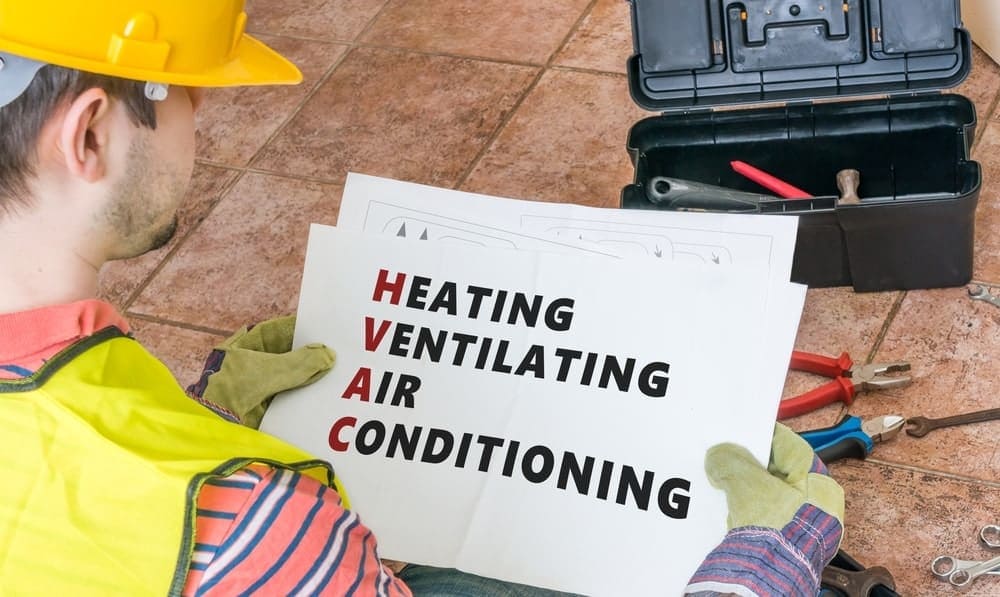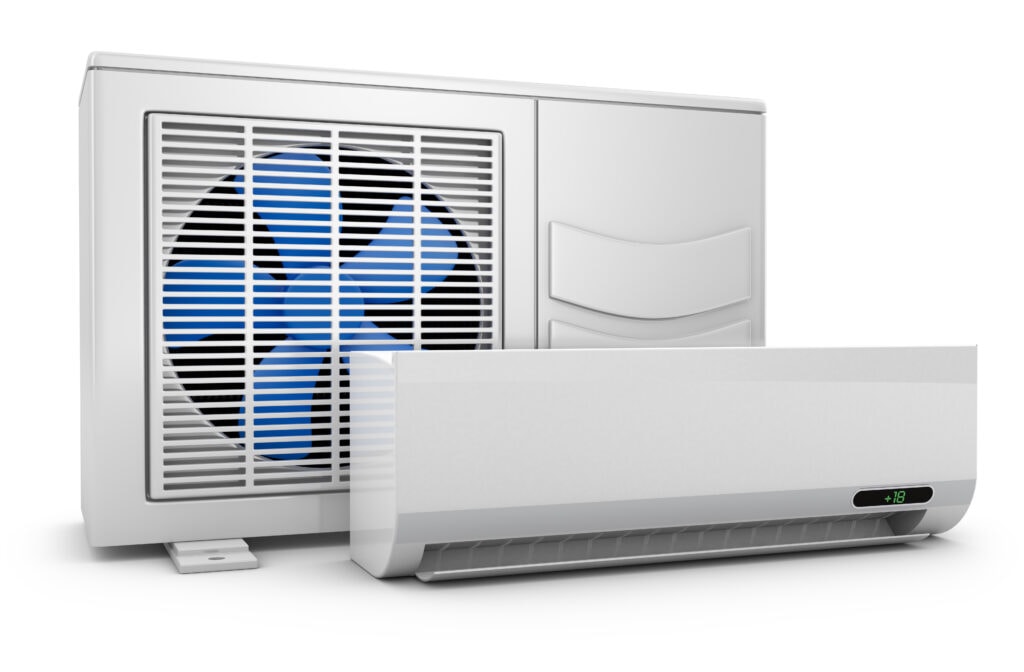The HVAC industry is filled with industry-specific words that often appear foreign to the everyday consumer. A field full of jargon – including that acronym for the title! – can make this industry seem much more complicated than it really is, whether you’re a customer or just starting out a career in the HVAC industry. Here, we’ve picked 10 common terms heard across all variations of the HVAC industry and demystified them for you.
Psst – in case you were wondering, HVAC stands for heating, ventilation and air conditioning three functions often combined into one system in today’s modern homes and buildings. But you already knew that, right? if you didn’t don’t worry, we have a whole article dedicated to explaining what HVAC stands for here.

Air Flow – This describes how much air your duct system can move. Generally speaking, air conditioning units are designed to move around 400 cubic feet per minute (cfm) for each ton of the unit’s capacity. This, however, is dependent on climate. In humid climates, you can expect this figure to be lower (at around 350 cfm/ton), and in dry conditions the number will be higher (perhaps in the region of 500 cfm/ton).
Air Handler – If you have a split system air conditioner, the air handler describes the box that contains the guts of the indoor piece. As its name suggests, this box contains the blower, but can also include the heating and cooling components as well, such as the furnace and evaporator coil.
Compressor – Give it a glare – this is the part of your air conditioner responsible for any noise! Sitting in the outside part of your AC system, known as the condensing unit, its job is to raise the temperature and pressure of the refrigerant.
EER – This stands for ‘energy efficiency ratio’, and is the formula used to calculate how efficient your window unit AC or ground source heat pump is. EER is the ratio of the cooling capacity (in British thermal units [Btu] per hour) to the power input (in watts). The higher the EER rating, the more efficient the air conditioner.
Heat Pump – Simply put, a heat pump is an air conditioning system that can also run in reverse. In summer, it moves heat from inside to outside, and in winter, it moves heat from outside to inside. The perfect HVAC solution for climates with moderate heating and cooling needs, heat pumps offer an energy-efficient alternative to traditional furnaces and air conditioners.

Load Calculation – Determining how much heat a house gains or loses through the building from duct losses, and by internal gains including people and appliances. Used to account for the added heat transfer due to the sun shining on exterior walls, roofs, and windows, and the capacity of the wall and roof to store heat. It forms a major part of the HVAC design process.
Refrigerant – The active fluid that carries the heat, Refrigerants are what make air conditioning possible. Found within the coils of an air conditioner, the job of these liquid agents is to cool and dehumidify indoor air.
Static Pressure – Something that is more often than not overlooked, but can have a huge effect on the efficiency and effectiveness of your air conditioner. Simply put, static pressure refers to any resistance to airflow in a HVAC system’s components and duct work.
Supply – Pretty simple – the bit of your air conditioning system that takes credit for the work at the end! The supply vents are found at the side of the duct system, and push cool, conditioned air back into the house. Supply vents have cool air coming out of them when the air conditioner is on.
Tons of Air Conditioning – No, this doesn’t refer to the weight of the air conditioner but the capacity. A ton in the HVAC world is a term that describes how much heat the air conditioning unit can remove from your home in one hour. The measurement for heat is the British thermal unit (BTU). One ton of air conditioning can remove 12,000 BTUs of air per hour.
Did you learn what these common HVAC terms mean? Simple – you’re on your way to becoming a HVAC master! It’s important to keep up to date with acronyms and other industry specific terminology, as these can – and often do – change. In a field where new technology is being tried and tested all of the time, we must remain adaptable to change and at willing to be at the forefront of industry developments if we’re aiming to become leaders in HVAC. Keep up to date with this blog, where we’ll aim to help you do just that.
